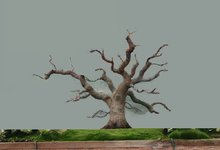clem
Omono
thanks @BobbyLane for those great maples pics ! I like those trees very much ! Movements gives beauty IMO
@sorce i prefer to stick to my virtual : a big trunk with big & long branches with very few ramifications (like an octopus ^^ ). I understand that this tree will not be a good one for people who prefer ramified trees.. but i just want to have a tree that i enjoy looking at ( = with my personnal taste)
@sorce i prefer to stick to my virtual : a big trunk with big & long branches with very few ramifications (like an octopus ^^ ). I understand that this tree will not be a good one for people who prefer ramified trees.. but i just want to have a tree that i enjoy looking at ( = with my personnal taste)



















